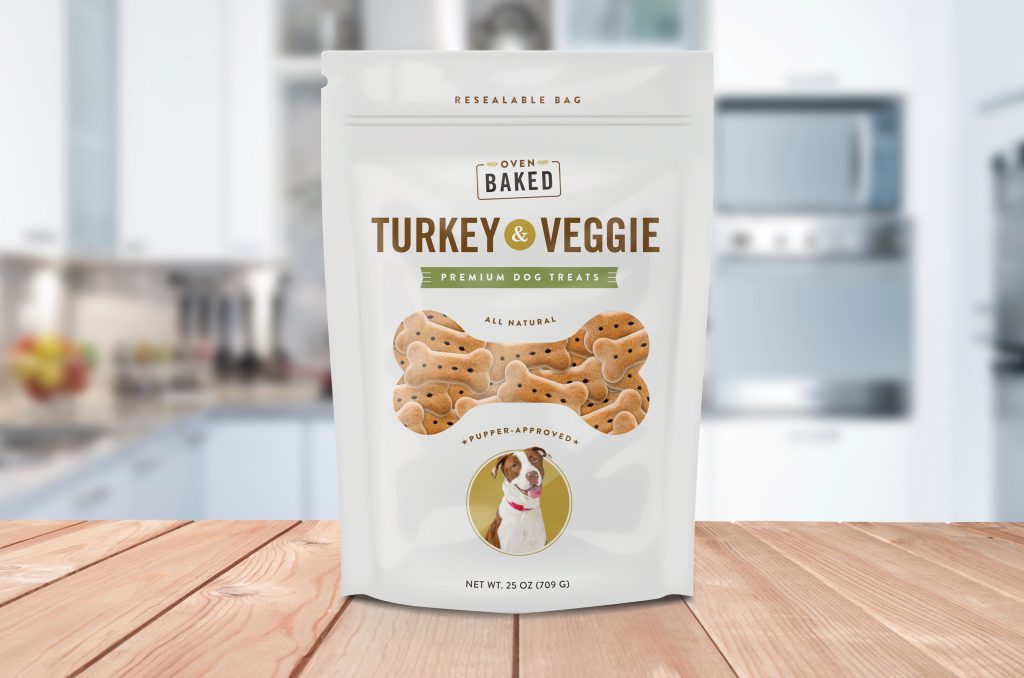New market conditions and consumer values are transforming the face of an increasingly diverse pet food aisle.
In today’s pet food aisle, pet parents expect to find a diverse menu of products that meet not only their pets’ nutritional needs but also their own values. These values used to be relatively basic – maybe something affordable with a familiar brand name or a friendly face on the bag. Nowadays, many consumers’ tastes have become more refined, as they scan crowded rows of premium and super-premium products for wholesome, organic options or grain-free, meat-centered formulations. Pet food brands know their packaging is a big part of how they connect with their consumers. So, what’s the best way to stand out? Here are three trendy packaging tactics savvy pet food brands are trying on for size.
1. Upscale finishes
As the pet food market has become more saturated with specialty offerings, brands are looking to exude something special with their packaging as well. In recent years, high-gloss was in vogue for plastic pet food bags, but progressive brands began to break away from the pack, opting for a soft-touch matte varnish. This luxurious finish, which gained traction with Apple’s trend-setting white matte iPhone box, is distinct to both the eye and the hand as pet parents peruse an increasingly crowded pet food aisle. What’s the next big thing for packaging finishes? According to Dallas Tuttle it’s spot matte or gloss, a hybrid model in which areas of matte finish are added to a glossy bag or vice versa. “Spot matte is unexpected and really grabs the attention of the buyer,” Tuttle said. “And if the package looks high-quality, then they believe the same of the product inside as well.”
2. Plastic replacing paper
While paper used to be the go-to choice for pet food packaging, more pet food brands have opted for plastic in recent years. For some, it is the desire for a more contemporary and functional product; for others, it is due partly to what Tuttle describes as “the Amazon effect.” The demand for paper outstripped supply in the United States in 2017 and 2018, largely as a result of the corrugated supply needs of the e-commerce industry. As a result, the classic biscuit box is being replaced with small, plastic bags that pet parents are able to reseal for freshness. The use of plastic in pet food packaging rose in popularity last year, and its climb is expected to continue over the next five years as paper loses its longtime grasp on the pet food packaging market.
3. Sustainable alternatives
Eco-friendly pet food packaging is an emerging trend among environmentally focused pet food brands. Most pet food packaging, including paper-based bags, is not recyclable due to the non-paper layers that are laminated into the interior to reliably contain and preserve the product and package; however, innovative options such as degradable bioplastics have widened the sustainability spectrum. Glenn Treliving, Director, Product and Business Development at Layfield Group Limited, says sustainability is coming up more in conversations with pet food brands, especially those with a millennial consumer base, but a be-all and end-all solution has yet to be identified. Striking the balance needed to reduce the carbon footprint, achieve durability throughout the supply chain and live up to consumer experience standards can be a tall order. “There are good and bad in all solutions,” Treliving said. “Even with our most popular options, each has a positive and a negative impact, and both the brand owner and the consumer need to look at all sides to make a decision they can stand behind.”
